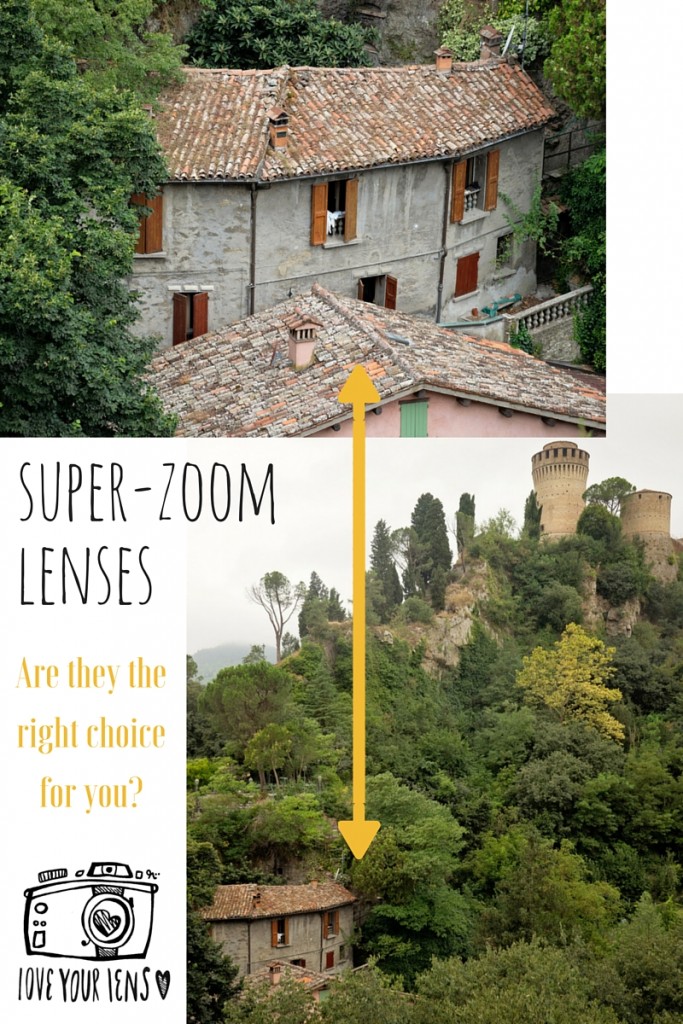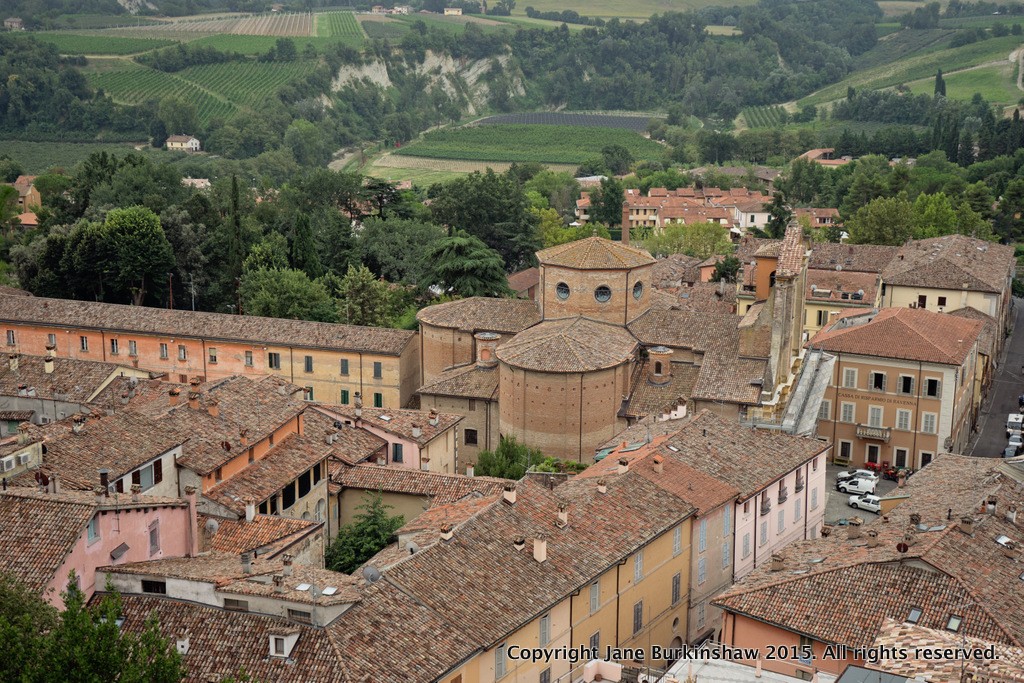I often find myself recommending “superzoom” lenses to students on Love Your Lens courses and one to one lessons and thought it might be useful to take a closer look at them.
First off, what does “superzoom” mean?
The term is commonly used to describe a lens that goes from a wide view to a telephoto view i.e. one minute you can be shooting a wide landscape scene and the next moment you can zoom in close on something far away. Bridge cameras do the same thing but have suffered from quality issues, particularly in low light shots and it can be difficult to achieve the soft focus backgrounds that are possible with a D-SLR and a lens with a wide aperture (low f/number).
Superzoom lenses typically have a focal length range from around 28mm to 300mm (with 28mm being the wide angle and 300mm denoting how far it zooms). It’s very convenient to have a lens that has this range, as it means that you don’t have to change lenses between shots and potentially miss out on great photos, or risk getting dirt inside the camera as you change lenses on the hoof.
However, this convenience can come at a cost, as a lens with this range simply cannot match the quality and performance of lenses that cover a tighter focal range. This is why many photographers prefer to have a number of lenses covering different focal lengths, for example, 28-70mm and 70-200mm zoom lenses and fixed (also called “prime”) lenses of 50mm, 85mm and 105mm. There are lots of other focal lengths but these are some of the most popular.
So, how big is the difference in quality and who cares about it?
The answer to this question lies in the type of photographer you are and what you do with your images. Most of my clients fall into the category of “enthusiasts”. Photography is a much loved hobby that they are seeking to get better at, but they don’t have designs to “go pro”. They can see the benefit of a reasonable quality lens and are willing to spend a few hundred quid to get equipment that focuses faster, performs better in low light, blurs the background more and is just that bit crisper than a kit lens.
For this group of photographers a superzoom is likely to tick all the boxes. Image quality looks good, the lens is convenient as it’s relatively lightweight and they don’t have to change lenses between wide and far off shots. The only time they might spot some of the quality issues is when printing an image large, say on a canvas for wall art, and purple / red / green fringing might be seen around the edges of things if they really look up close. But they’d have to know what they’re looking for and, let’s face it, most people don’t. However, if they wanted to enter images into serious competitions then they might start to get pulled up on technical quality issues like fringing and vignetting (shadows in the corners of the frame).
The same applies if you are a professional photographer, regularly printing large images and sending images to clients for printing in magazines, brochures etc; a superzoom is simply not going to cut it. The quality issues invisible to the enthusiast could soon start to result in images being turned down. If you read the detailed lens reviews you will see the downsides of super-zooms for the professional user or the so called Pixel Peeper.
It’s not all clear cut though, as I’ve used a superzoom lens in the past for portrait and wedding shoots where no one was looking for hard-to-spot quality issues. I guess the only point worth making in addition, is that I was using a professional level D-SLR. Quality issues may have been marginally easier to spot with an entry level D-SLR.
In the next blog I’ll look in more detail at the superzoom lenses that I usually recommend – from Tamron.
I run courses and offer one to one tuition to beginners and improvers, so if you’d like help getting to grips with your camera then click on the links and take a look.
Did you like this blog post or find it useful? If so, please leave a comment, sign up for email reminders at the top of the page or share it with your friends (or even better, all three!!). Thank you – Jane ![]()






No comments yet.